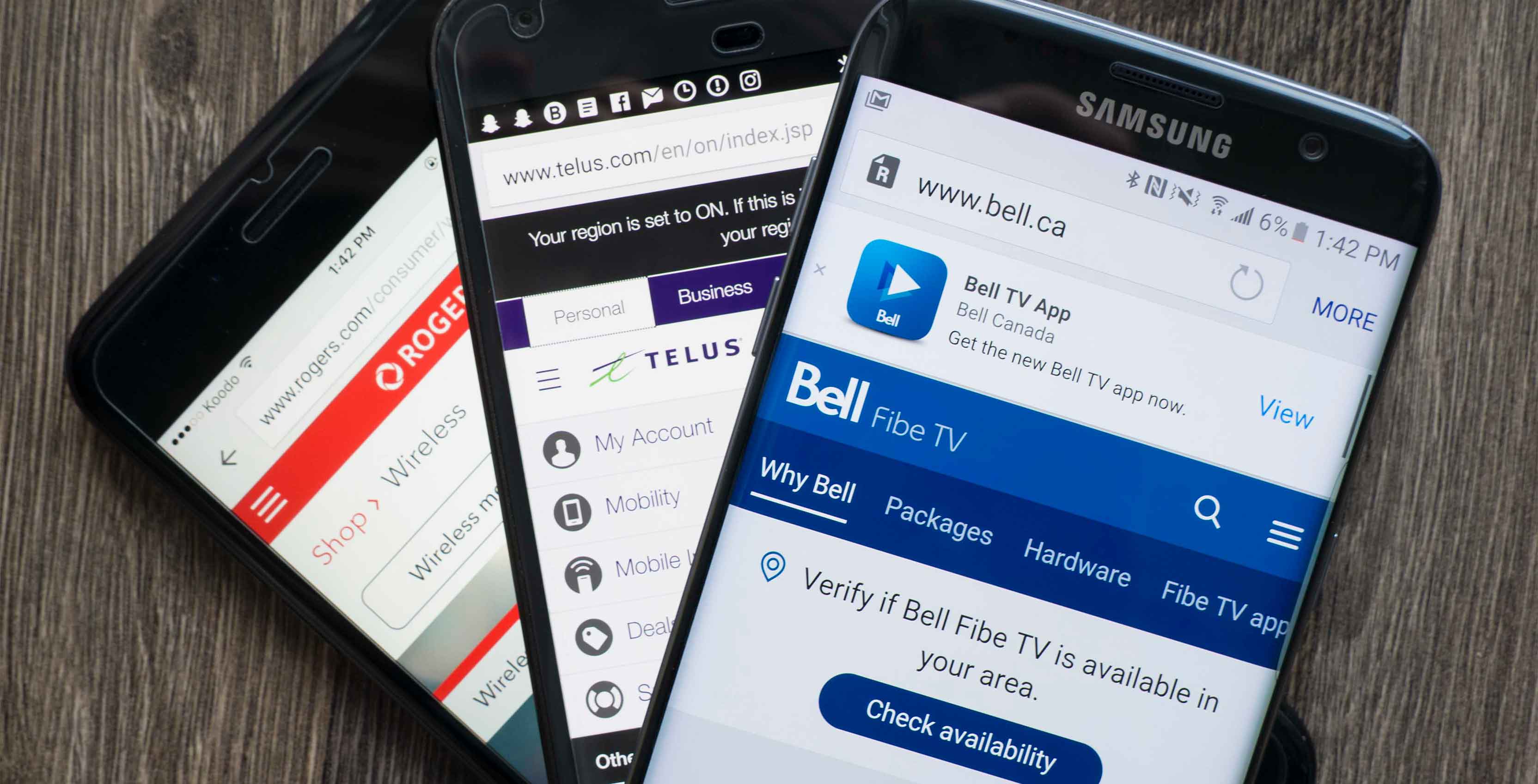
Innovation, Science and Economic Development Canada (ISED) has published its annual telecom price comparison study.
Put together by telecom digital media strategy organization Nordicity, the 10th annual Price Comparison Study of Telecommunications Services in Canada and Select Foreign Jurisdictions compiles and compares the various prices of telecom services in Canada and around the world.
Overall, the study once again confirmed a fear that many Canadians have vocalized: Canada’s telecom prices, including mobile wireless, mobile internet fixed broadband, and even bundle services, are some of the highest in the world.
Mobile wireless
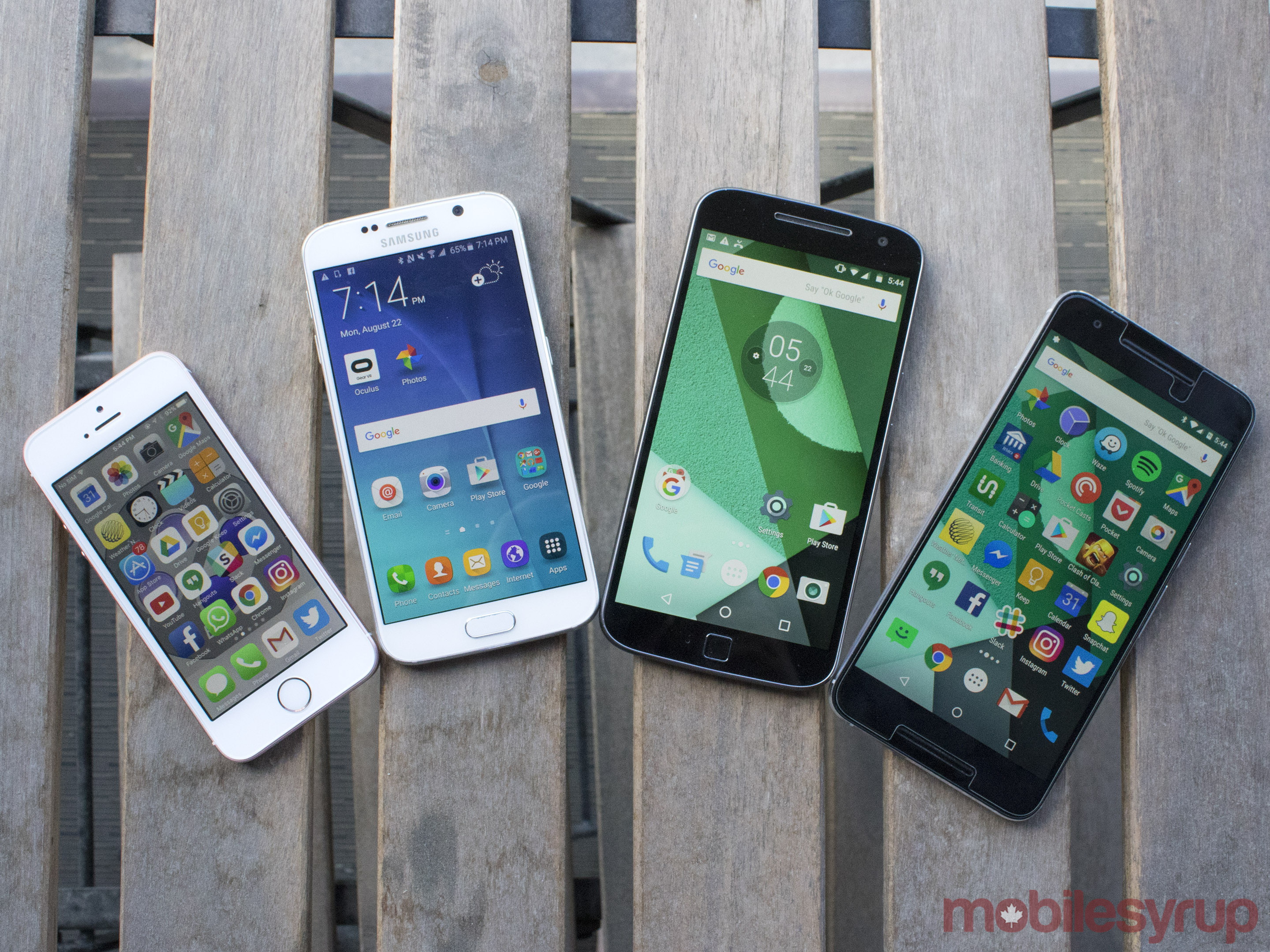
Nordicity’s study focused on eight countries: Canada, U.S., Italy, Japan, Germany, U.K., France and Australia.
The report found that France, Italy, Australia and the UK were among the lowest priced wireless telephony markets, while Canadian rates were among the highest along with the U.S., Japan and Germany.
The study compared pricing by segmenting the types of mobile plans into six different tiers or levels, which are as follows:
- Level 1: 150 minutes
- Level 2: 450 minutes and 300 SMS
- Level 3: 1,200 minutes, 300 SMS and 1GB of data
- Level 4: Unlimited minutes, SMS and 2GB of data
- Level 5: Unlimited minutes, SMS and 5GB of data
- Level 6: Unlimited minutes, SMS and 10GB of data with three lines
Canada topped the charts as the most expensive nation for mid-level plans, coming in first place for levels 3, 4 and 5, which range from 1GB to 5GB of data. In the high and low tiers, it also remained in the top three.

Canada’s average prices at the lowest tier are $30.53, coming in second to the U.S.’s $36.31. Canada’s pricing is $22.71 more than Australia, which offers plans at that tier for an average of $7.82.
At the most data-heavy tier, level 6, Canada takes the second slot with $264.65 on average, just behind Germany’s $291.53. The country with the lowest rates at that tier is the UK with $91.42.
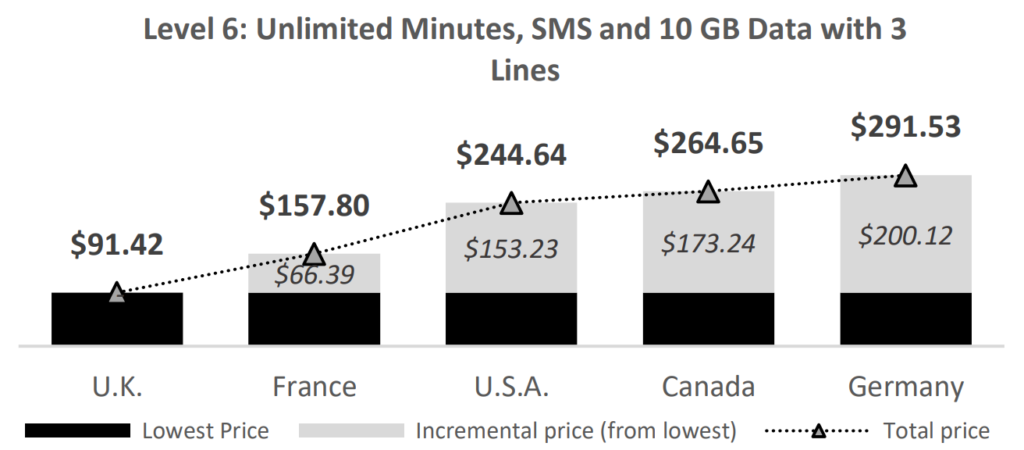
While Canada’s prices are undoubtedly high, averages have actually decreased for the lower tiers. At level 1, there’s been a significant 25.7 percent decrease, at level 2 there was a 16 percent decrease and at level 3 there was a 5.3 percent decrease.
Unfortunately, those declines weren’t enough to drastically change Canada’s standing as one of the most expensive places in the world to use wireless services. While the country managed to edge itself out of first place for level 1 service, it stayed at third for level 2 and jumped from second to first place for level 3.
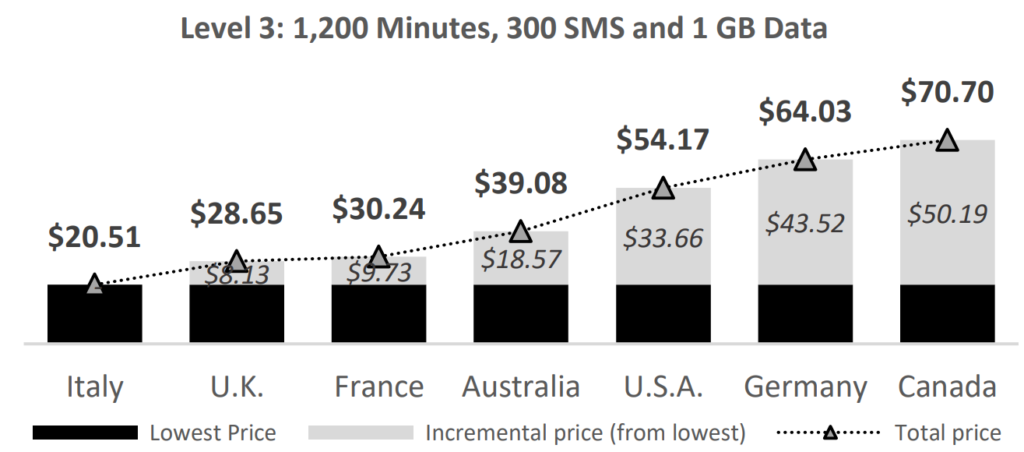
Nationally, Nordicity studied six Canadian cities, applying the same six service levels. The results showed the lowest prices occur in provinces where there’s a strong regional player in the market to contend against Rogers, Bell and Telus.
Regina, Saskatchewan, where crown corporation Sasktel operates, was the most inexpensive city to purchase wireless telephony services in at levels 2, 4, 5 and 6. Montreal, Quebec – which is catered to by Videotron – had the lowest level 1 plans. Meanwhile, Winnipeg, Manitoba had the lowest level 3 plans. Manitoba no longer has a large independent fourth carrier after Bells’ acquisition of MTS, but the carrier’s unique plans are still having a competitive influence on the market.
Across all other segments, three cities rotated between having the highest prices: Toronto, Vancouver and Halifax.
Mobile wireless internet
The report also looks at mobile wireless internet by itself, focusing on three main service levels. Level one consists of 2GB to less than 5GB, for which Canadians pay a monthly average of $43.01. Level 2 consists of 5GB to less than 10GB, for which Canadians pay an average of $60.79. Finally, level three consists of 10GB and more, which comes in at $82.28.
Canada topped the charts for level 1 and came in second place in level 2 and 3 to the U.S. Japan took third position for all three tiers, while the lowest-priced countries included Australia, France and the U.K.
Within Canada, Toronto and Winnipeg were the cities with the highest-priced mobile wireless internet, while Regina and Montreal offered the lowest prices.
Fixed broadband internet
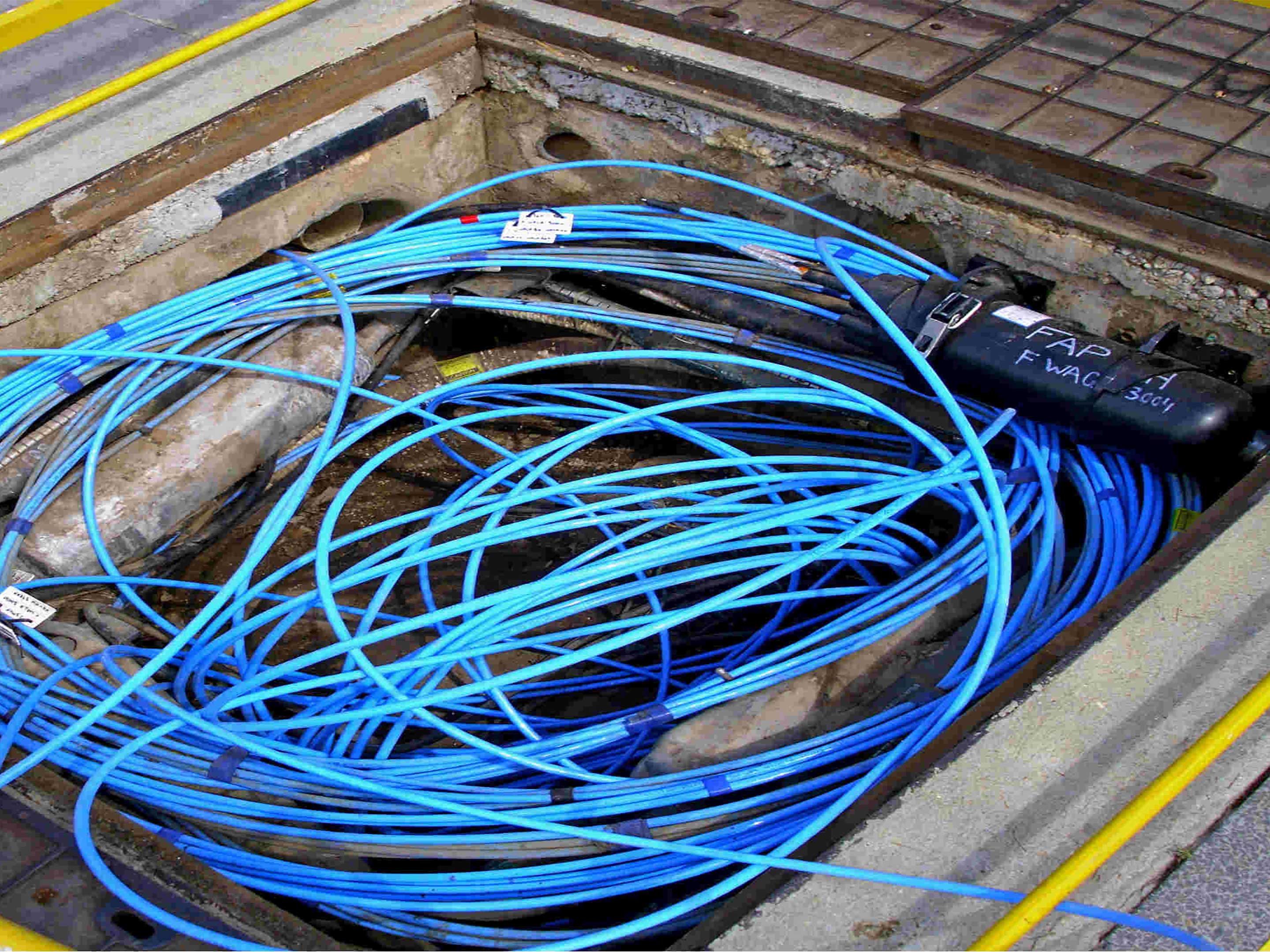
It’s interesting to note that, in certain categories of internet speed, Canadian broadband internet prices are on the lower end of the spectrum.
In the 3 to 9Mbps range, for example, Canadians pay, on average, the second-least for their internet — $41.83. The only country that pays less is Italy, at $41.18.
However, it’s in the higher speed brackets that one starts to notice how much more Canadians pay.
In the 41 to 100Mbps range, Canadians pay the third-most, $82.54. That’s in comparison to Australia, which pays $89.98, and the U.S., which pays $114.81.
In the 100 to 1,000Mbps range, Canadians pay the second-most, $95.10. The only country that pays more for its ultra-high range broadband internet is the U.S., $145.15.
Bundled services
As cutting the cord becomes more and more common, subscribers purchasing services bundled together have become less common.
Still, Nordicity’s study included an analysis of the different prices that subscribers pay for bundled services, breaking down bundles into three categories.
In the first category — comprised of wireline telephone, wireless mobile phone and fixed broadband service — Canadians paid the most, $191.08.
In the second category — comprised of wireline, fixed broadband and television — Canadians paid the second-most, $120.99. Only subscribers in the U.S. — who paid an average of $138.41 — were charged more for this category of bundle.
Finally, in the third category — comprised of wireline, wireless, fixed broadband and television — Canadians paid the most, $199.19.
A brief note on the subject of methodology
In addition to Canada, the study analyzes telecom prices in the U.S., as well as Australia, Japan, the U.K., France, Germany and Italy.
It’s important to mention that the study examines telecom prices in six Canadian cities, four American cities, but only one city from the six other countries — typically the largest or most populous city in the country.
Nordicity says it gathered information by consulting telecom service provider websites for pricing information during April and May 2017, while also consulting with customer service representatives when the need arose. Nordicity also stated that it only used the lowest price available for any of the aforementioned categories.
Finally, Nordicity converted global prices into Canadian dollars, using the Bank of Canada’s May 2017 monthly average exchange rate to make the comparison.
Check out the full pricing study here.
MobileSyrup may earn a commission from purchases made via our links, which helps fund the journalism we provide free on our website. These links do not influence our editorial content. Support us here.




